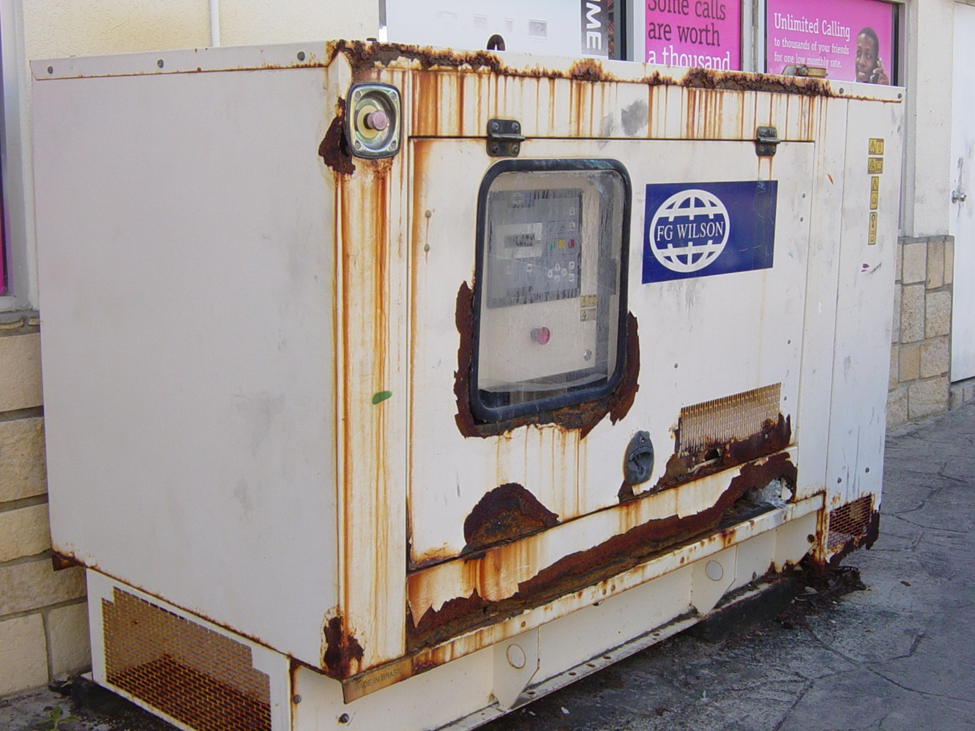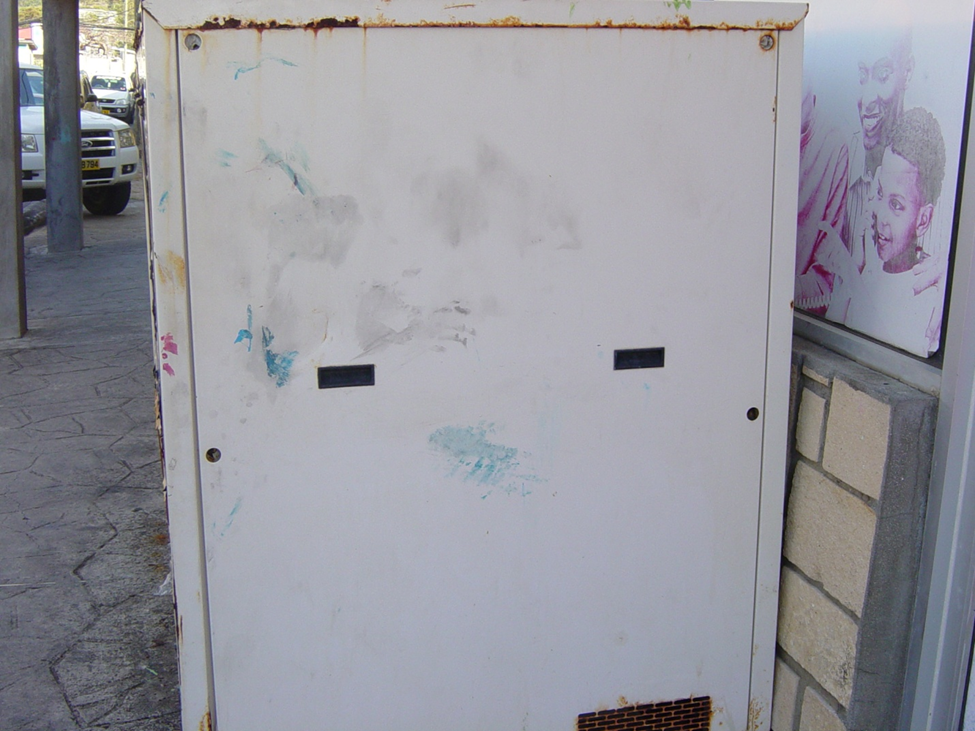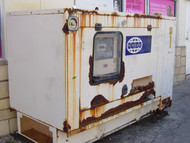Building Reliable Generators for the Caribbean: Overcoming Challenges with Durable Design
Dec 17th 2024
During a recent trip to the Windward Islands to visit dealers and customers, I was discussing a dealer’s dilemma with generators he maintained for several of his commercial customers. The generators were nearing 15 years in age, but had very low hours. Due to the age of the controls, and concerns about the avaialbility of spare parts, our dealer was recommending that his customers replace the generators to improve reliability.
This made sense to his customers, but with such few hours on the generators, they expected that the generators would have good resale value. Unfortunately these generators had been built with steel enclosures and were in very bad shape. They were leaking rainwater onto the generators and had holes in them that allowed access for rodents who had taken up residence. So, unless the customers could find someone who had a building to house these generators, the units had very little value.
The next day I came across a generator in Carriacou with a steel enclosure. It is typical of what we routinely see with steel enclosures in the Caribbean. It was badly rusted and had a fairly large hole in the side. When I inquired to our dealer about the age of the generator, I was shocked to hear that the generator was less than 5 years old and had never even been hooked up!


Examples such as these, are the reason why Parts & Power started building generators designed for the Caribbean environment over 20 years ago. We use marine grade aluminum enclosures which will outlive the generators. We also specify long running fuel tanks (we recommend 72 hours). The typical 8-12 hour fuel tanks supplied on most commercially available standby generators is too small for our market.
We also use non-proprietary generator controls that do not require special tools, pass codes, or technicians. Any competent electrical technician can trouble shoot and repair our generators. Finally, we add an anti-condensation space heater to all our generators to extend the life of the generator end. We see around a 15-20% failure rate on generator ends in the Caribbean. But we have never seen a generator end fail on an alternator that had a working anti-condensation heater on it.
Over the years the word has spread about the reliability of these generators and sales have increased. Increased volume, and working with more efficient production, has allowed us to lower the cost on these units. Today we offer a premium generator, built for the Caribbean that is very close in cost to the competition’s generator with steel enclosure, and the inevitable additional fuel tank that is required to make it practical.


